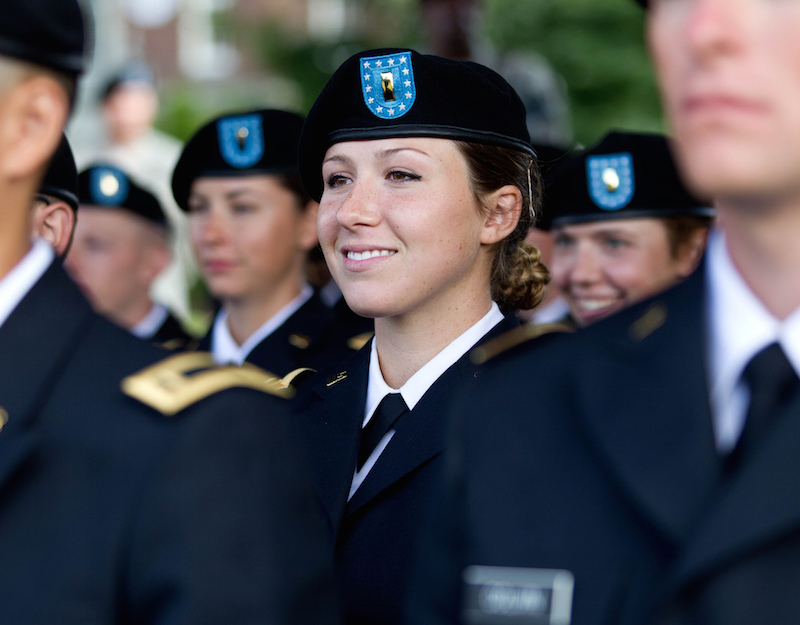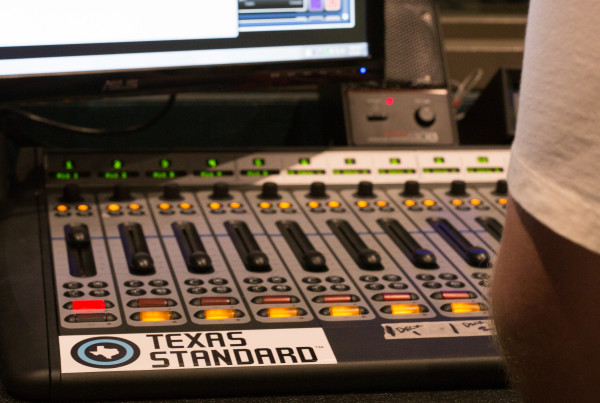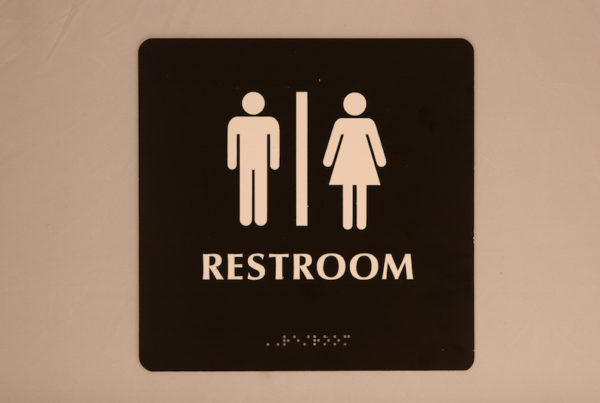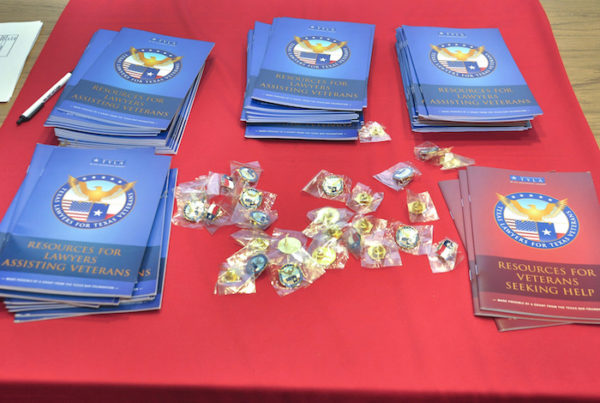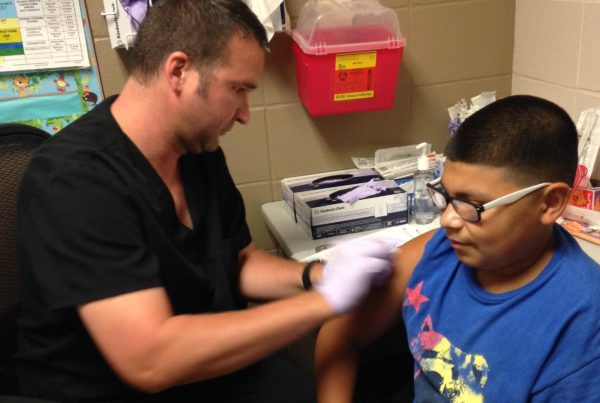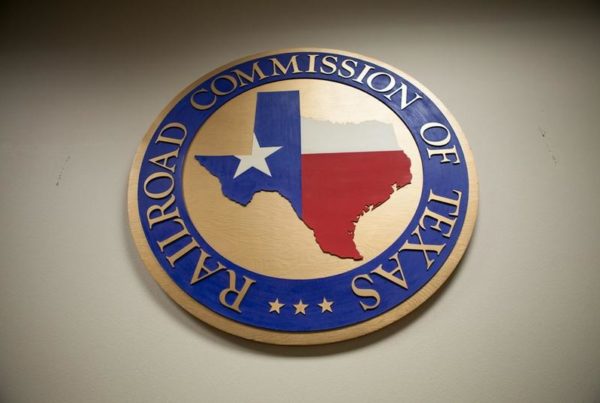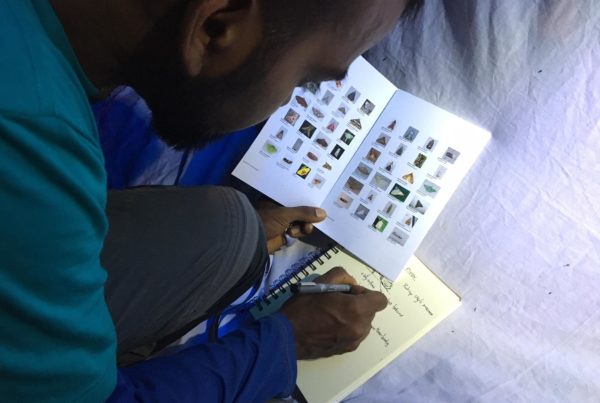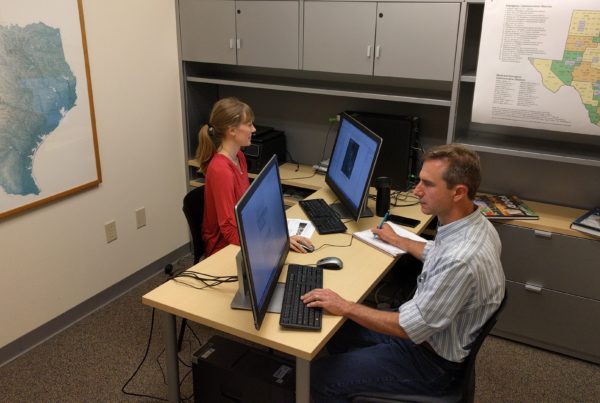Every year thousands of veterans benefit from the so-called post-9/11 GI bill, which pays for tuition to help vets afford college.
The original GI bill was credited with lifting many families into the middle class after World War II. Texas has a similar version of the bill, called the Hazlewood Act and the Texas Comptroller – Glenn Hegar, the man with the state’s check book – says the act is too pricey.
The act goes back to 1943 and Hegar says three factors have contributed to the rise in expenses in providing this service to Texans.
“One, (the) Texas population is growing and getting larger,” he says, “number two, tuition has been going up at universities at a larger pace than really cost and inflation has seen over the course of the past couple of decades, and three … the Legislature had expanded the opportunity to pass those benefits from living veterans onto their children.”
The expansion of the Hazlewood Act passed in 2009, with a cost estimate of roughly $24.6 million, Hegar says. By 2015, the cost was more than seven times that: $178 million, Hegar says. The Legislature allots money to universities to help pay for students who go to school under the Hazlewood exemption, but Hegar says that amount hasn’t changed over time.
“That has not gone up as those numbers (have) risen,” Hegar says. “Really what you hear is from the university systems that are bearring that brunt because there’s not a large enough appropriation to cover it.”
The state publishes fiscal notes for issues the Legislature may face during the next session. “This is one that’s a policy question – that the Legislature’s either going to need, in essence over time, to appropriate more dollars to cover this expense for universities, or however they want to handle it,” he says. “I’m not the policymaker – they’re the policymakers – but it’s important that we highlight these issues.”
Hegar says the law requires that the cost of education for veterans and their children be covered. “This is a guarantee, as the law is today,” he says. “As a veteran or a child of a veteran, you can receive up to 150 hours at a university. It’s covered. It’s free. Period. Therefore, the question is: Who’s going to be covering that cost?”
Hegar says about 660 people used the exemption for college credit hours in 2010. Last year, about 2,100 people used the program. “It’s estimated that somewhere in the year 2019 … that number would probably grow to about 50 or 60,000 individuals.”
Post by Hannah McBride.


